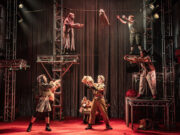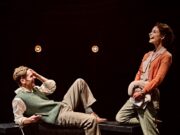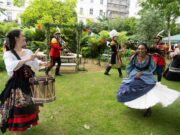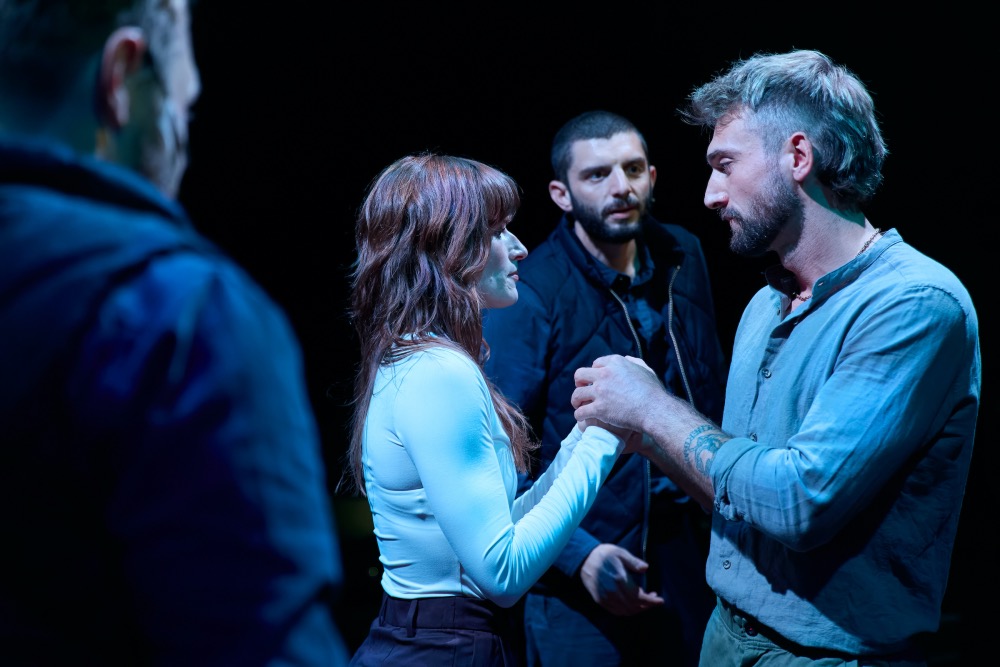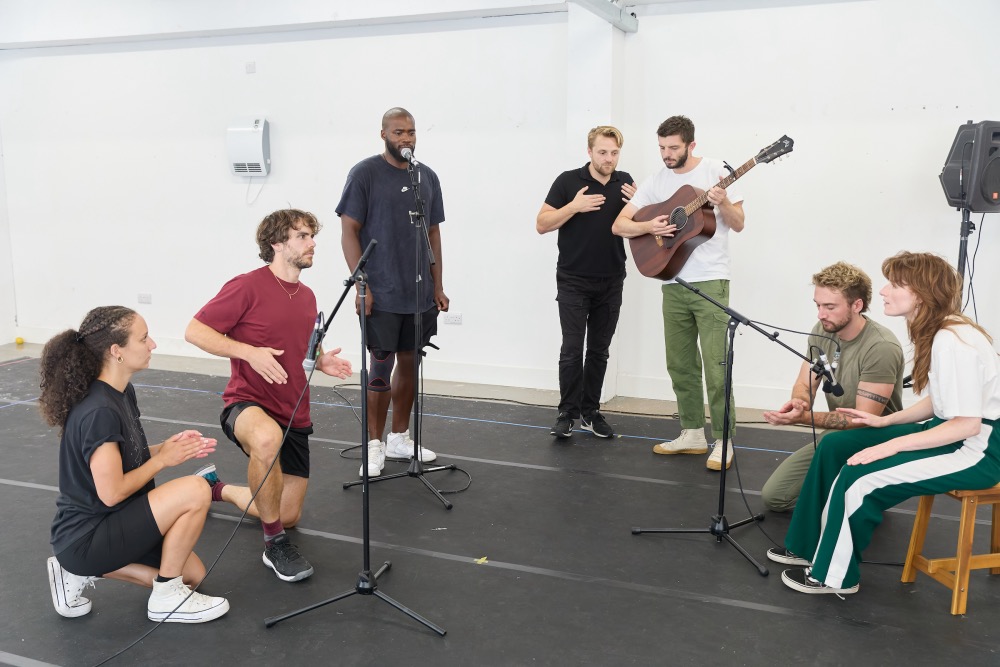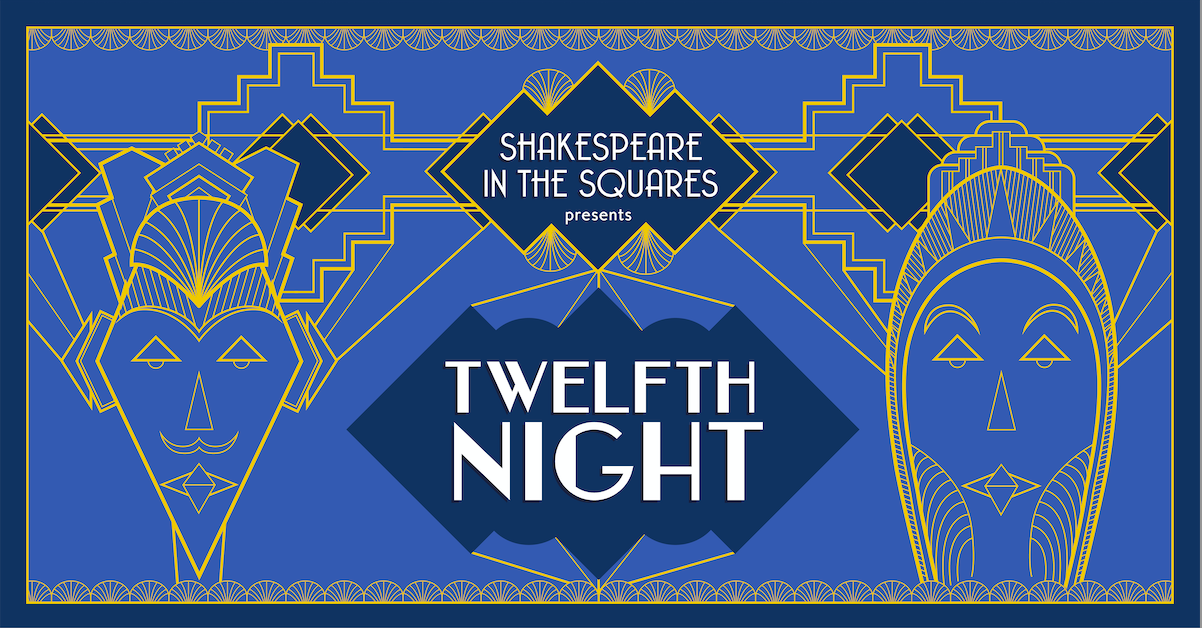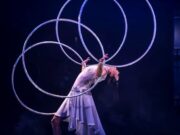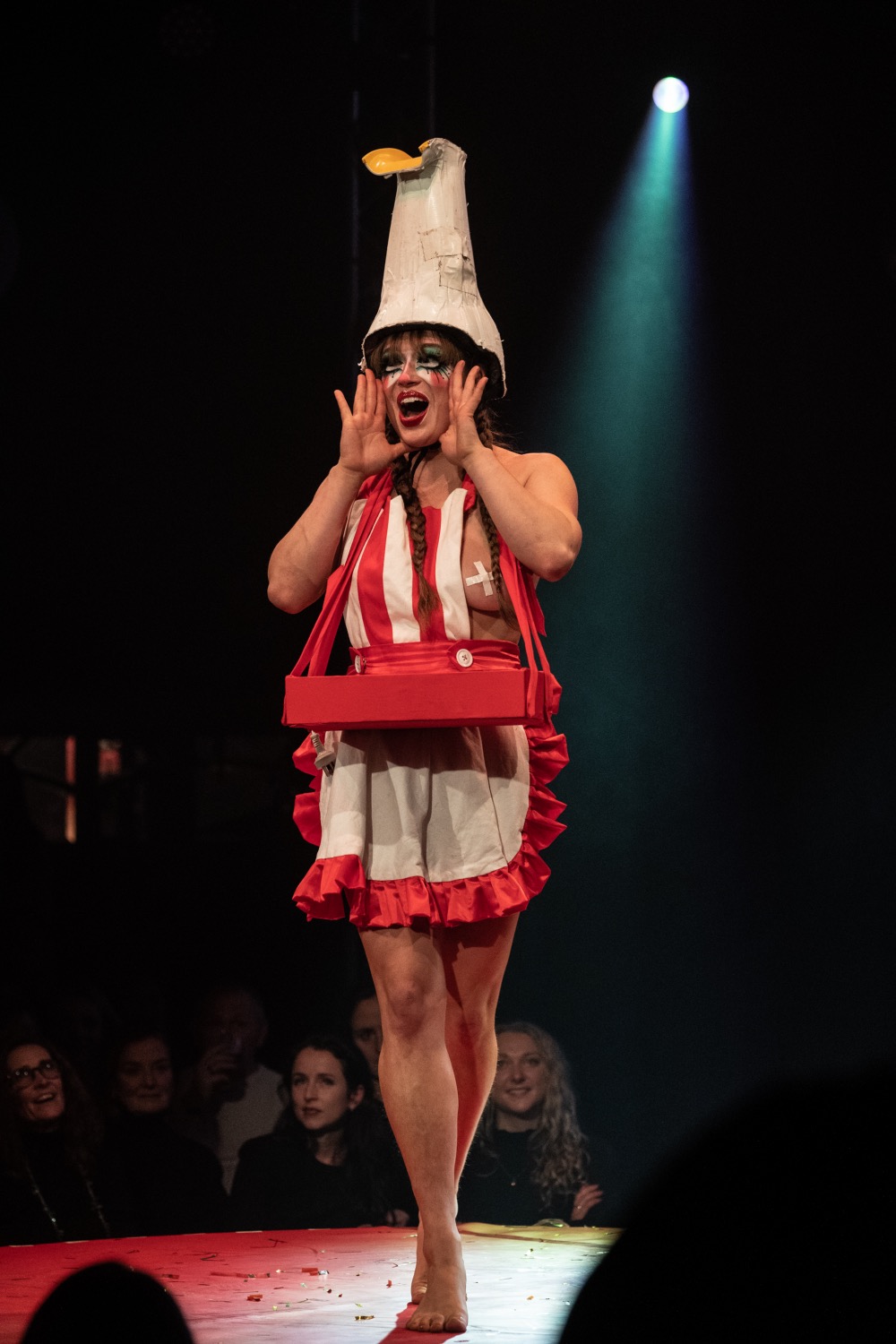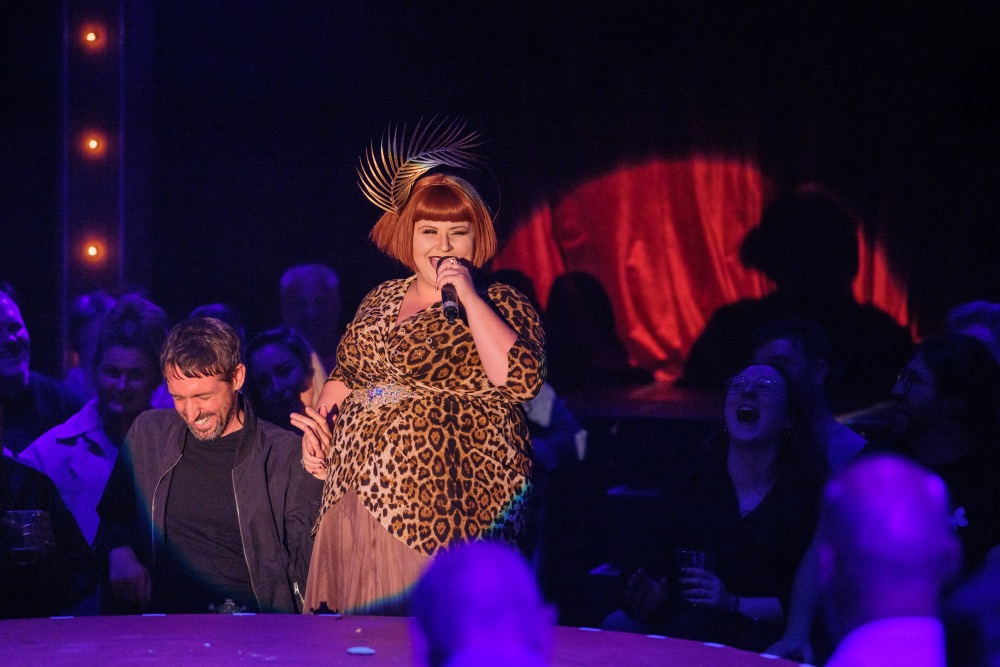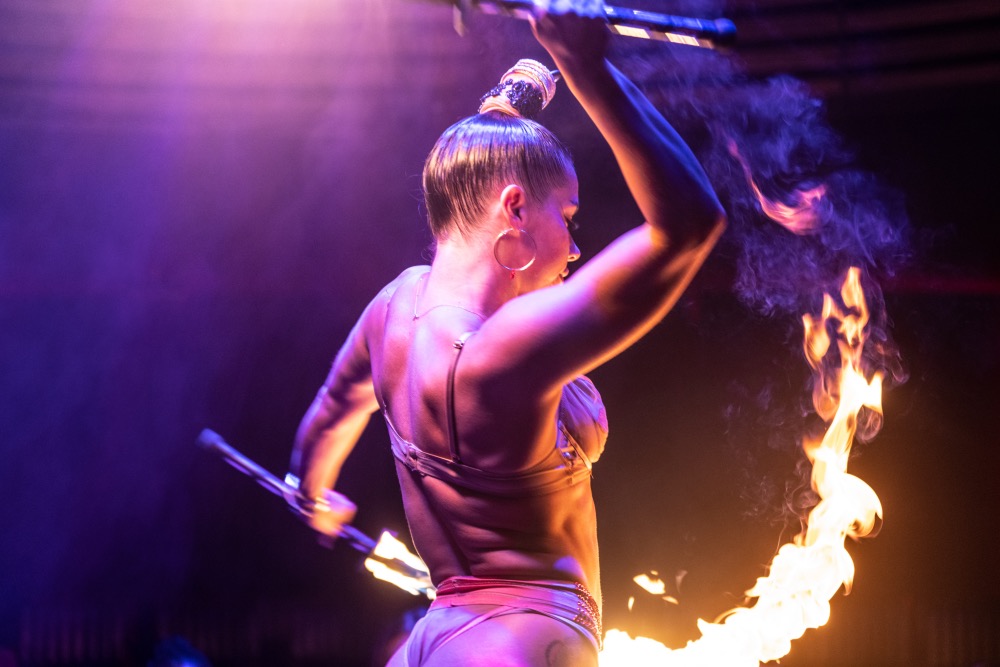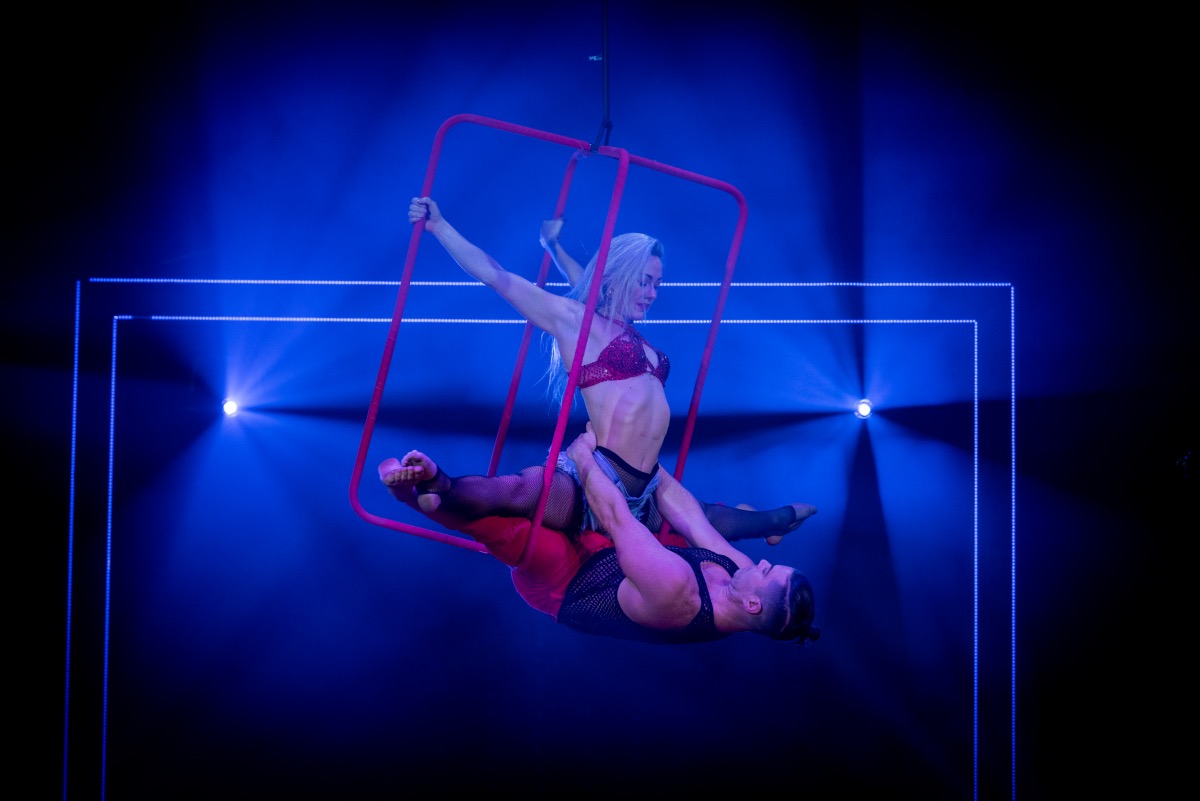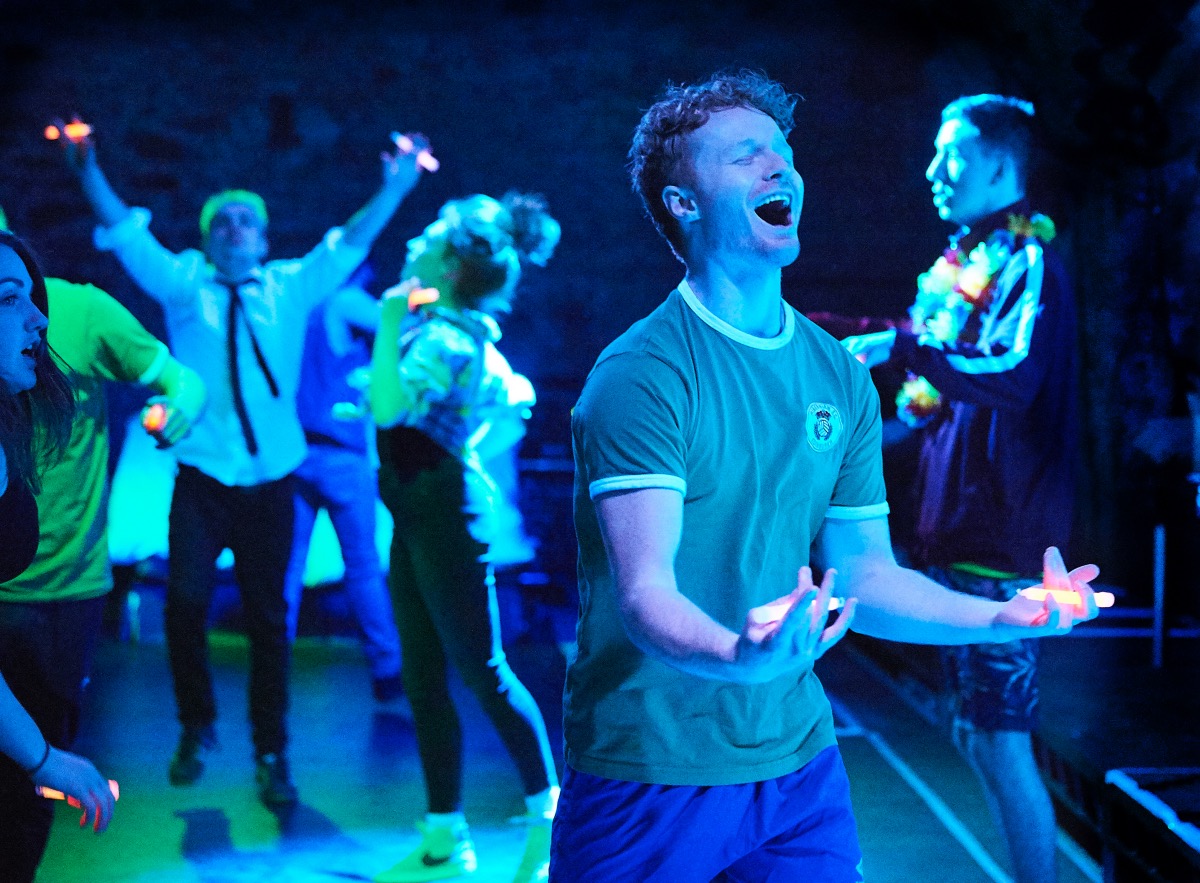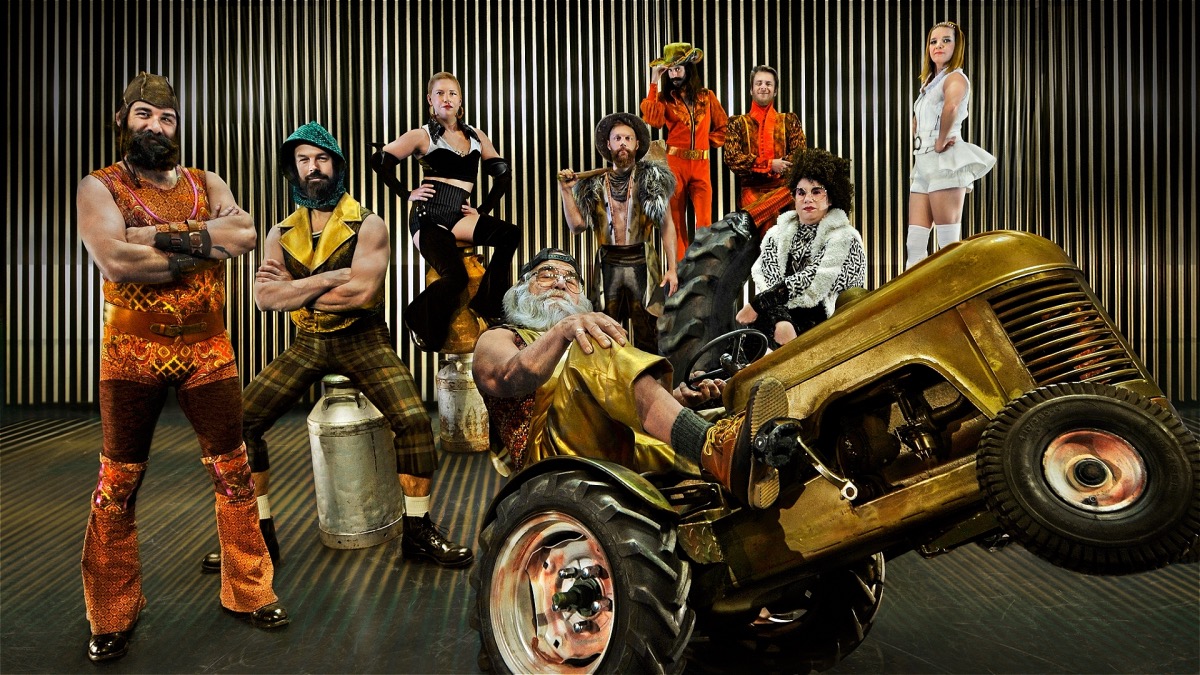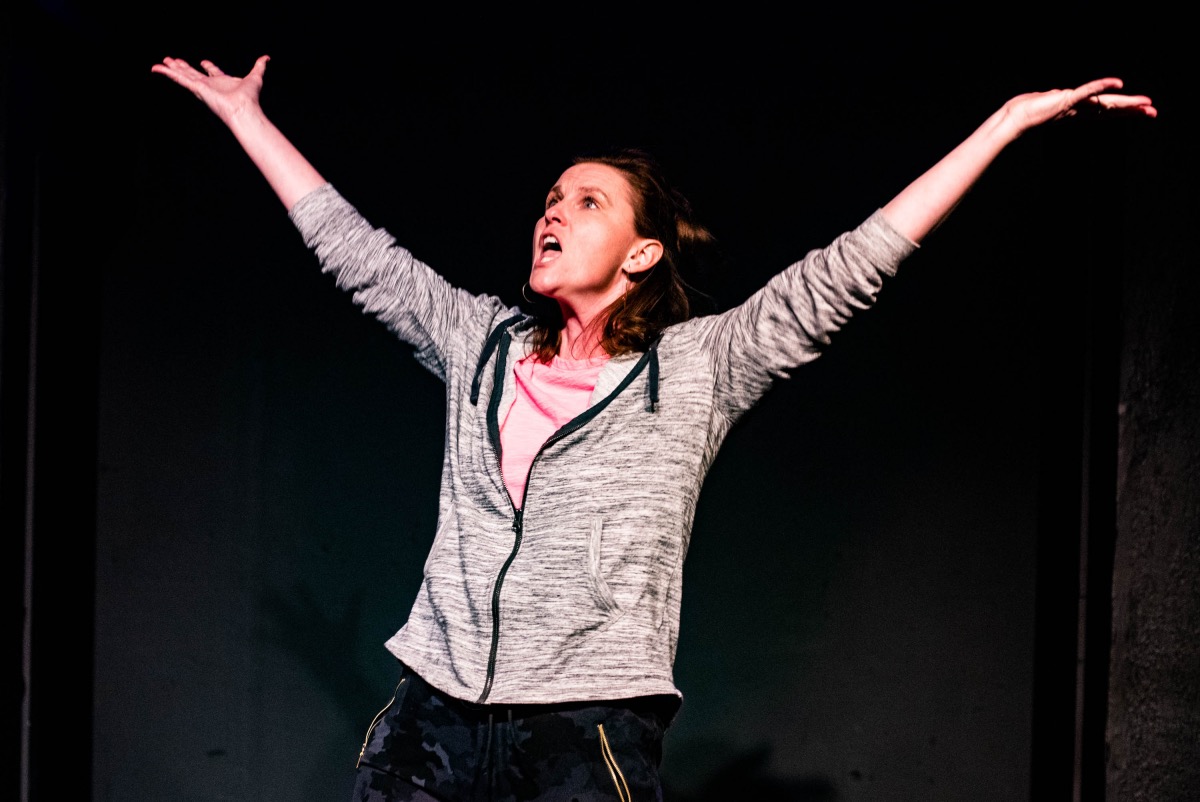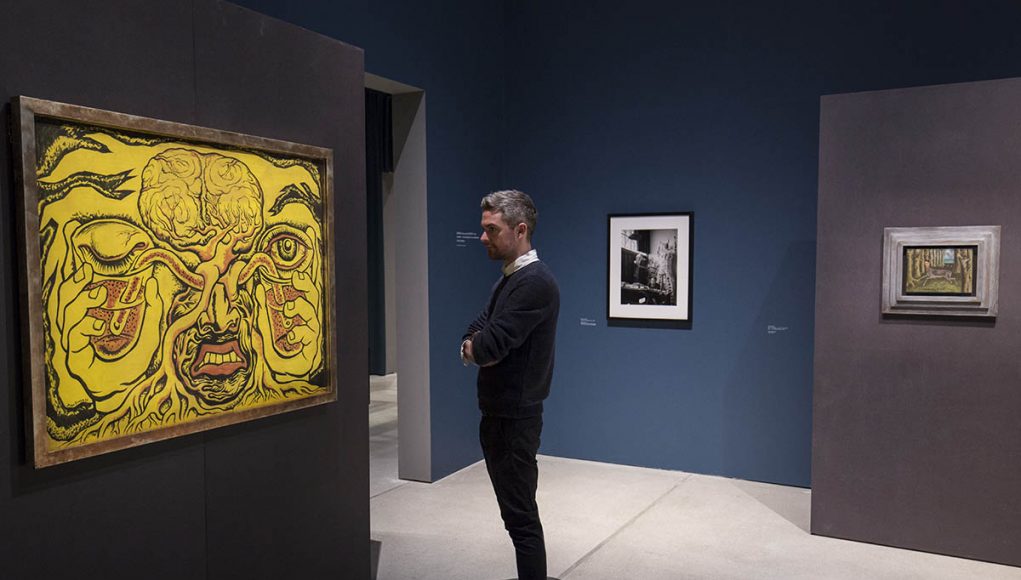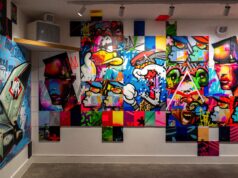
Modern couples is an ambitious exhibition by the Barbican showing us modernism through the lens of over 40 artist couples in the early 20th century.
Each room you enter gives us a glimpse into each couple. As a whole the exhibition is overwhelming. While the show attempts to give equal representation to the female in the male/female relationships the reality was very different.
We first meet sculptress Camille Claudel, the model, confidante, and lover to Auguste Rodin. As a sculptor in her own right, she was considered by many historians as an ‘outstanding genius’. Rodin refused to leave his wife, Rose Beuret for her.

Camille Claudel
Portrait of Rodin, 1888-1889
Courtesy of Musée Rodin, Paris
Long after their romantic relationship ceased to be, she continued to work with him because of gender-based censorship and the sexual element of her work resulted in her not getting the funding for her daring ideas. She continued to collaborate with him, even letting him take credit for the lionized figure of French sculptures.
She also depended on him financially as her wealthy father had died. She would eventually die in relative obscurity on 19 October 1943, after having lived 30 years in the asylum at Montfavet.
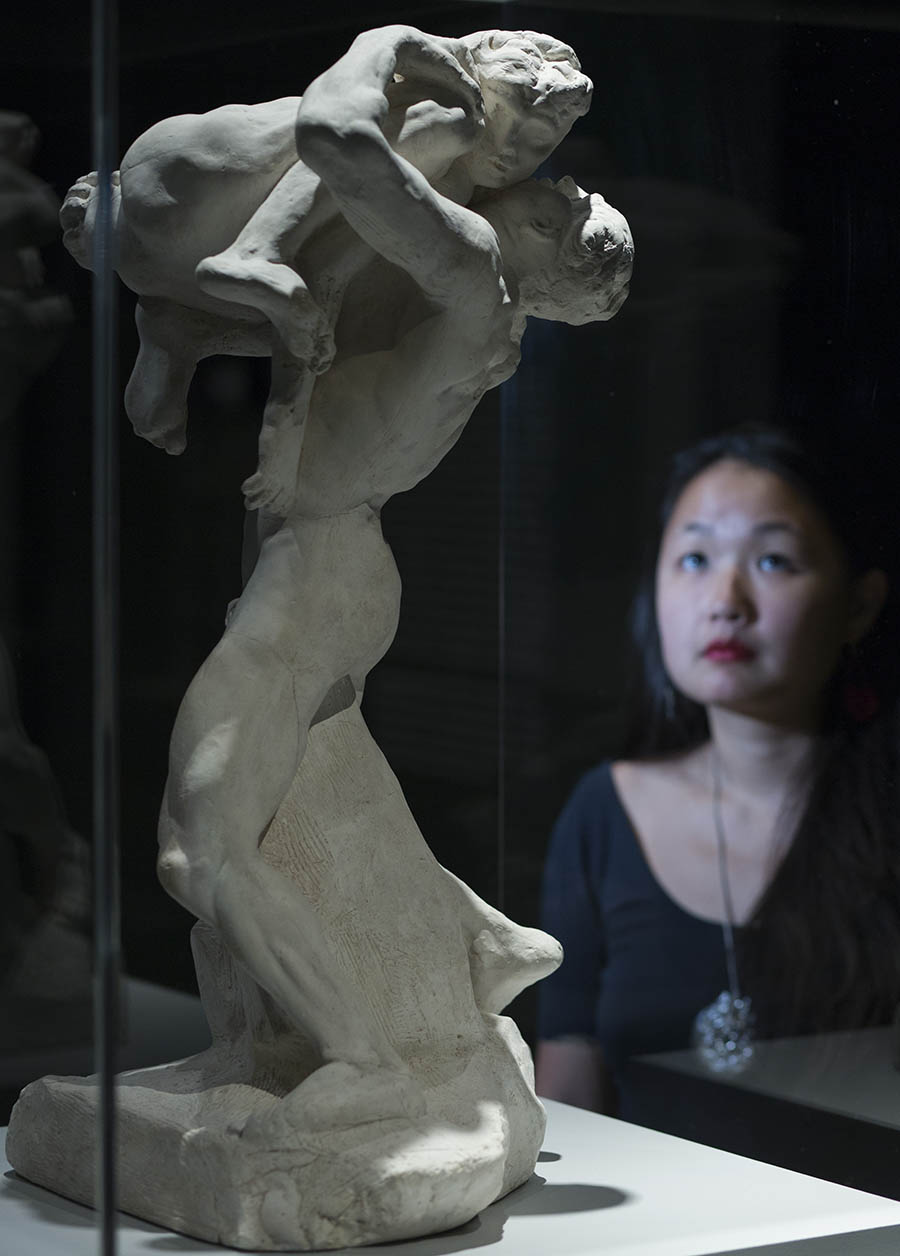
In the case of Pablo Picasso and Dora Maar, theirs is an unequal pairing. Dora Maar was a French photographer, painter, and poet. Picasso painted several portraits of her. Her photographs of him seem to elevate him in a way that his portrayal of her did not. A notorious
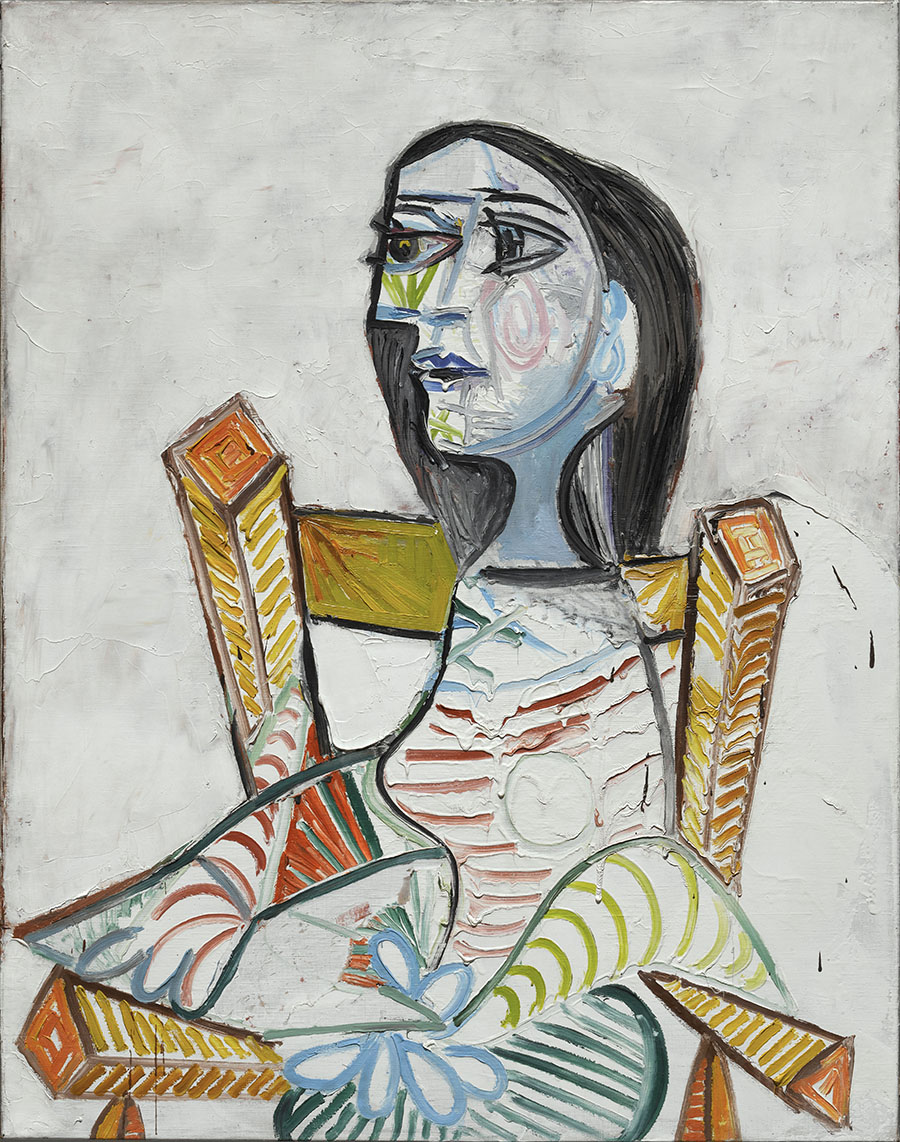
Pablo Picasso
Portrait de femme,1938 Paris, Centre Pompidou – Musée national d’art modern – Centre de creation industrielle
© ADAGP, Paris
Photo © Centre Pompidou, MNAM-CCI, Dist. RMN-Grand Palais / Georges Meguerditchian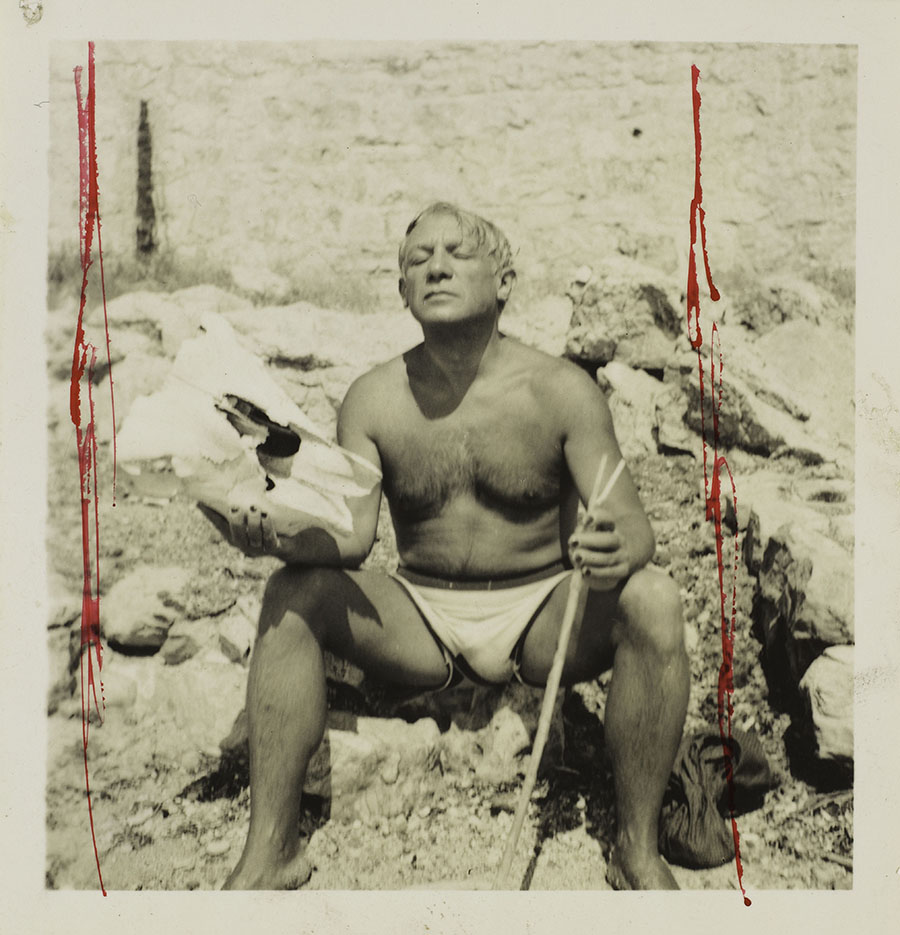
Dora Maar
Picasso en Minotaure, Mougins, 1937 Paris, Centre Pompidou – Musée national d’art modern – Centre de creation industrielle
© ADAGP, Paris
Photo © Centre Pompidou, MNAM-CCI, Dist. RMN-Grand Palais / Philippe Migeat
We meet Frido Kahlo and Diego Rivera, both revolutionary artists in Mexico. They were both unfaithful to each other. While their relationship would result in a lifetime of mental and physical anguish for Kahlo, she was able to pour this into her work which made her an icon in Mexican Art and around the world.
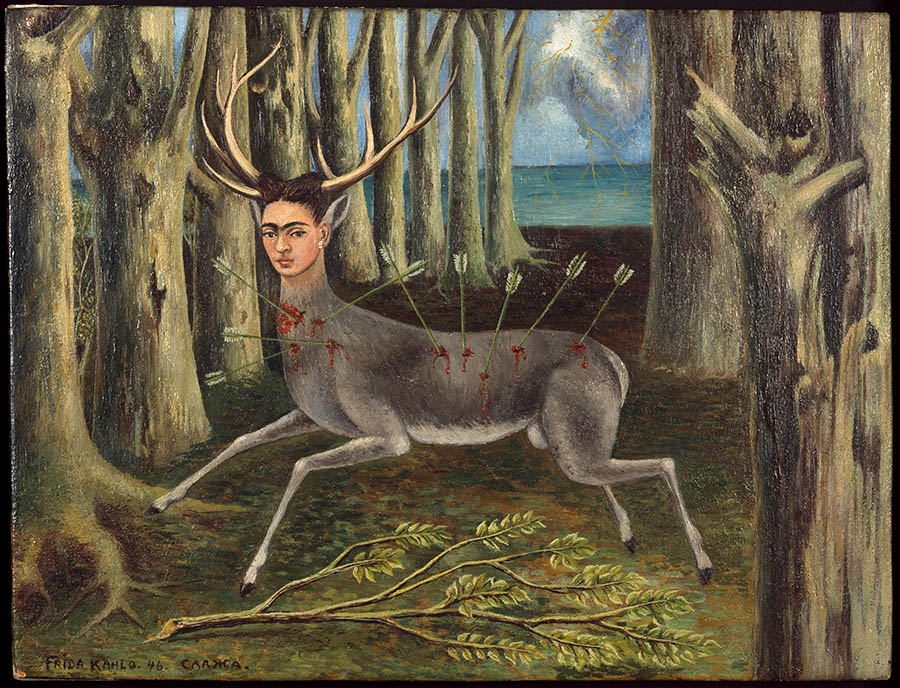
Frida Kahlo
Le Venadita (little deer), 1946
Private Collection
Photo: Nathan Keay, © MCA Chicago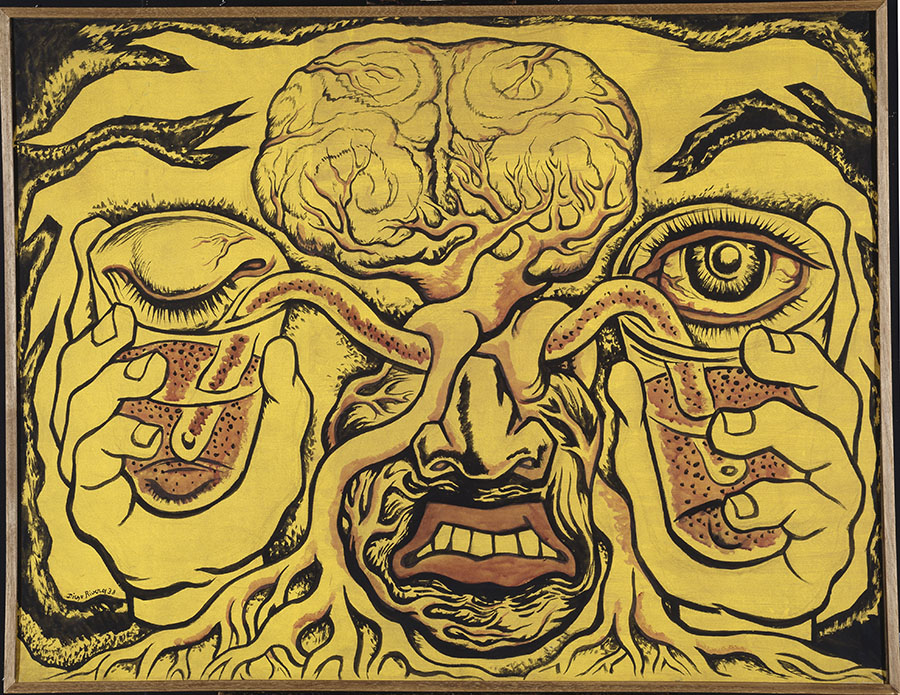
Diego Rivera
Les vases communicants, 1938
Paris, Centre Pompidou – Musée national d’art modern – Centre de creation industrielle
© D. Rivera F.Kahlo Museums Trust / ADAGP
Photo © Centre Pompidou, MNAM-CCI, Dist. RMN-Grand Palais / Jean-Claude Planchet
Interestingly they pair Salvador Dali with Federico Garcia Lorca. There is no evidence to suggest they were a couple or that Dali was a homosexual, but they were certainly very close, a relationship that endured ups and downs, from 1923 to 1936 when Lorca’s was executed at the beginning of the Spanish Civil War.
Salvador had an enduring relationship with Russian born Gala Dalí but it is not clear if (despite marrying her) the relationship was ever consummated but she certainly was a strong influence in his life.
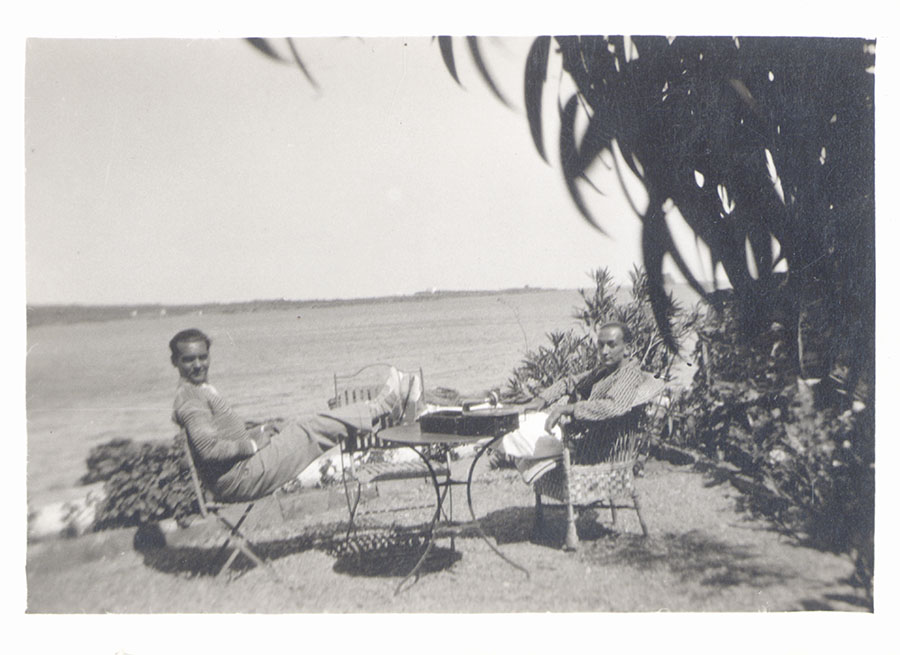
Courtesy of Foundation García Lorca
We meet Surrealist Man Ray who had photographed many celebrities but it would be his obsession with the beautiful Lee Miller, the photographer’s pupil and lover, that would result in him
On meeting with her the first time at his Paris café, Le Bateau Ivre, he quickly disposed of his
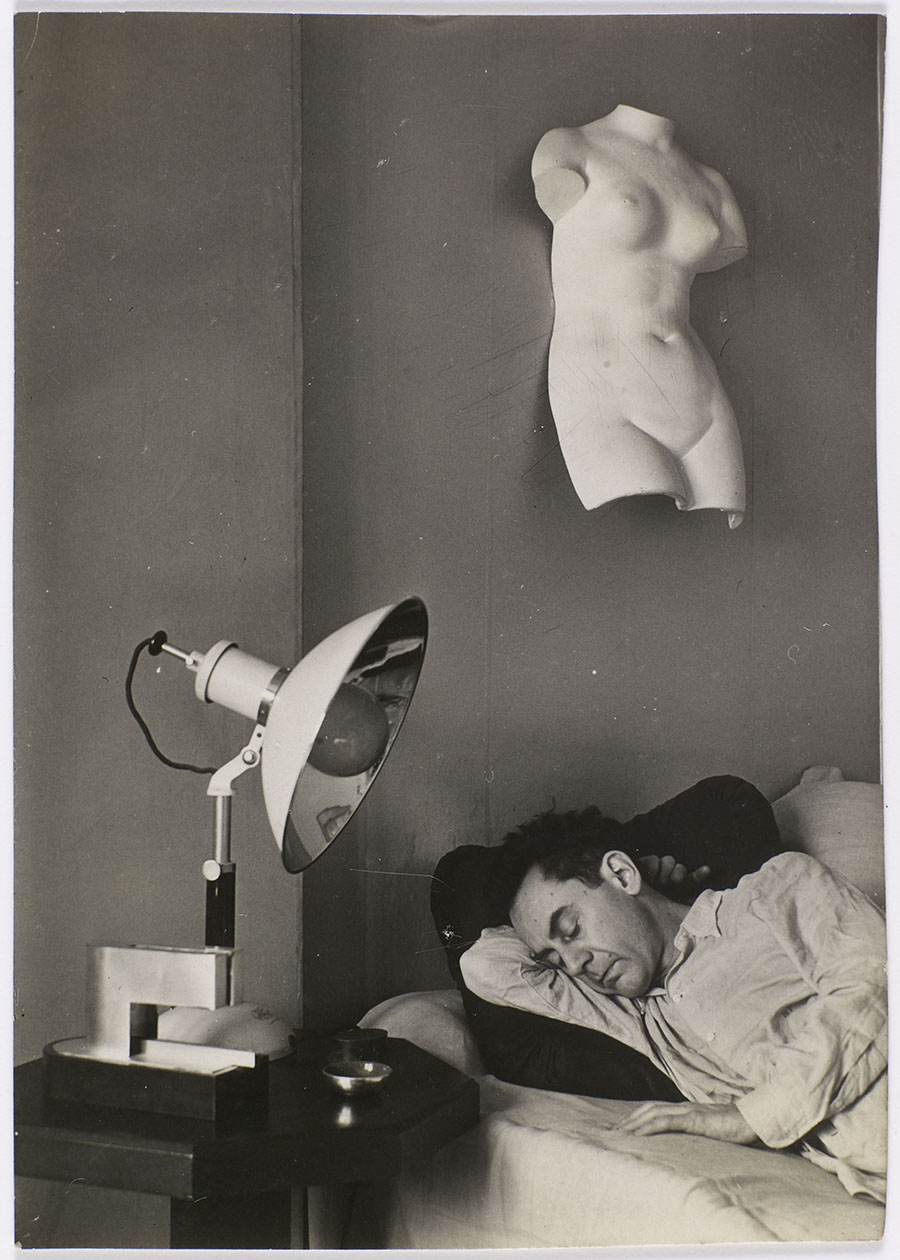
Man Ray
Man Ray Sleeping, c. 1930 Paris, Centre Pompidou – Musée national d’art modern – Centre de creation industrielle
© Man Ray Trust / ADAGP
Photo © Centre Pompidou, MNAM-CCI, Dist. RMN-Grand Palais / Philippe Migeat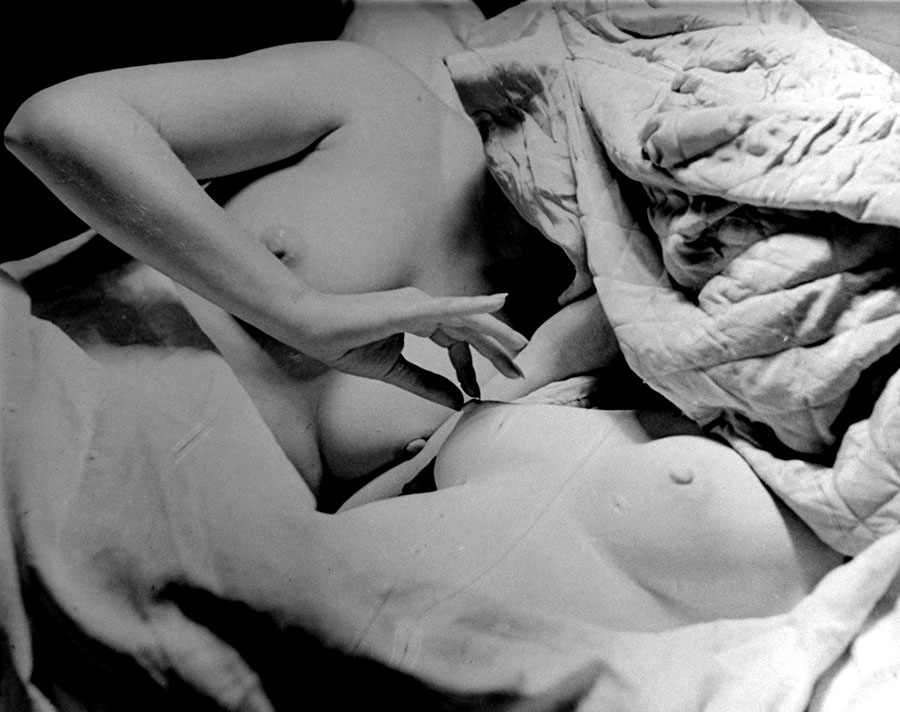
Roland Penrose ‘Lee Miller with a cast of her torso, Downshire Hill, London, England 1940’
© Roland Penrose Estate, England 2018. The Penrose Collection.
We meet composers Alma Mahler and Gustav Mahler. Gustav was 19 years her senior. Alma was a Viennese-born composer, author, editor
She would soon succumb to depression from being artistically suppressed and have an affair with Walter Gropius, the German architect and founder of the Bauhaus School. Gustav Mahler received psychoanalysis counseling from Sigmund Freud and in an attempt to rekindle their relationship ultimately encourage Alma to compose again. Gustav died soon after and Alma would go on to marry Walter Gropius.

We meet with Emilie Louise Flöge, an Austrian fashion designer, and businesswoman and the artist Gustav Klimt. Although it was never clear the pair had a romantic relationship, their friendship would span 27 years until Klimt’s death and Klimt portrayed her in many of his works. Some historians argue “The Kiss” (1907–08) shows the artist and Flöge as lovers.
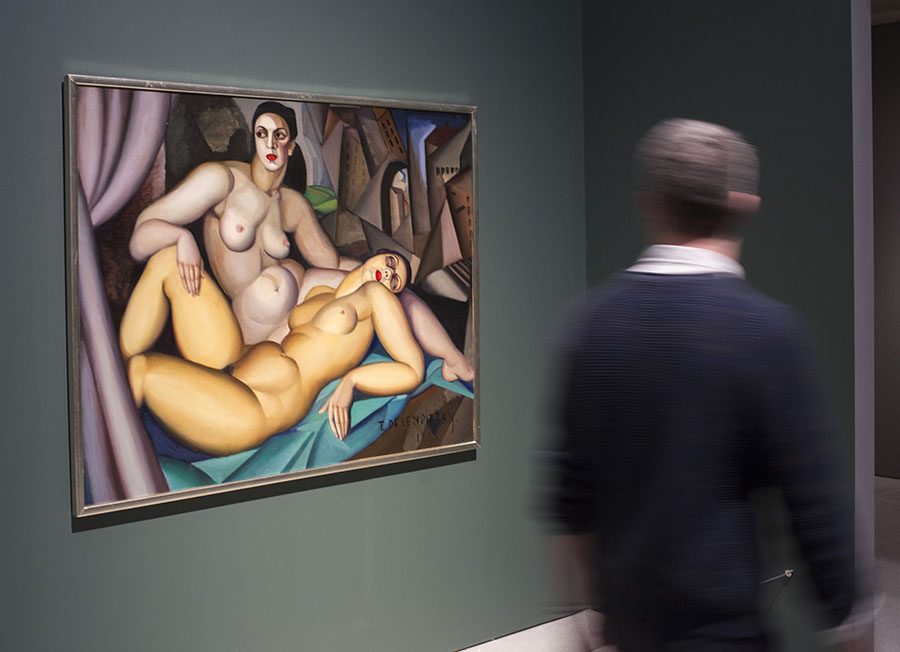
Modern Couples: Art, Intimacy and the Avant-garde
Installation view featuring Tamara de Lempicka, Les
© John Phillips / Getty Images
There are so many other artists that I don’t mention here from the exhibition because it would be a really long article, but it is by no means because I want to discount them their relevance.

It is through the use of old photos, correspondence between the artists and other artifacts that brings the period alive in this exhibition. It is well worth a visit.
The exhibition runs from 10 Oct 2018—27 Jan 2019, Barbican Art Gallery

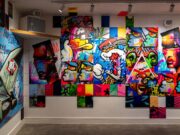
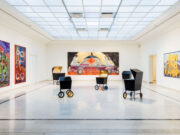
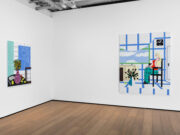
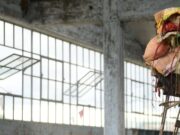
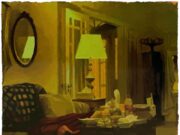
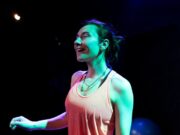
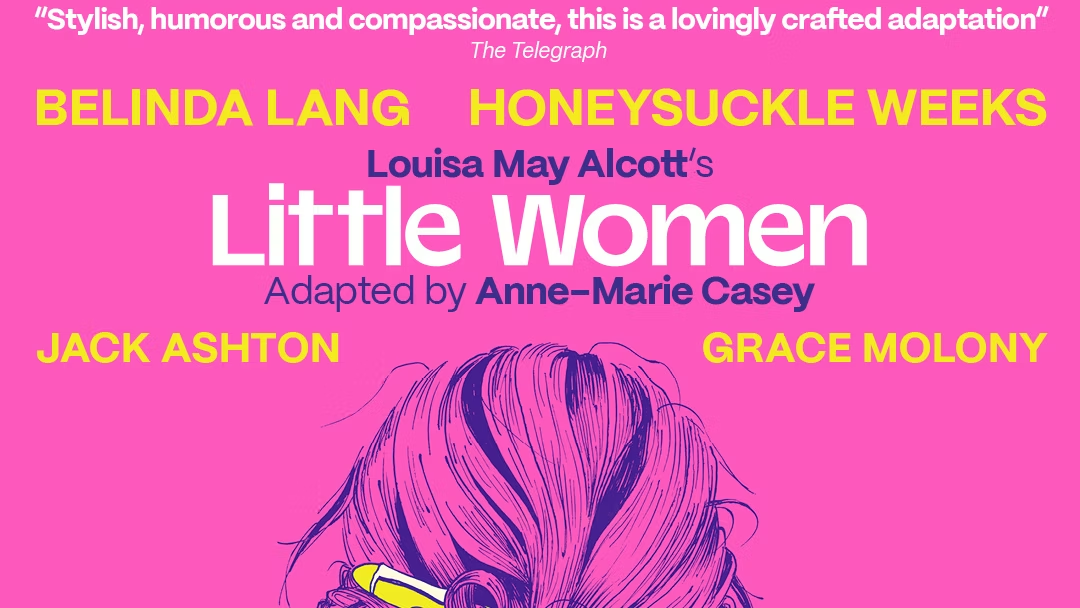

![Antigone [on strike] | Review Ali Hadji-Heshmati and Hiba Medina in Antigone [on strike] at Park Theatre, London. Photo: Nir Segal](https://theartiscapegallery.com/wp-content/uploads/2025/02/Antigone-on-strike-photo-by-Nir-Segal-D1_Standard-180x135.jpg)
